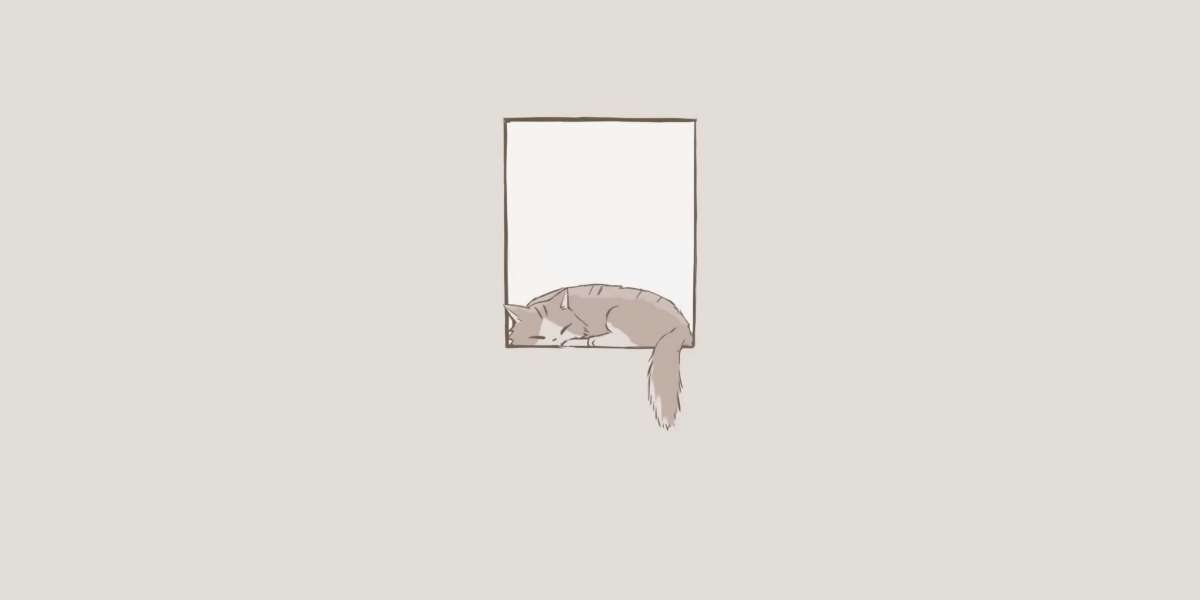Understanding Robotics Components Casting
Let's look at the key words in this article robotics components casting.In the realm of robotics components casting, the integration of 3D printing technology has revolutionized the manufacturing process. This innovative approach allows for the creation of complex geometries that traditional casting methods struggle to achieve. But what exactly does this mean for the future of robotics?

The Advantages of 3D Printing in Robotics Components Casting
Utilizing 3D printing for robotics components casting offers several advantages:
- Customization: Tailoring components to specific requirements is easier than ever.
- Reduced Waste: Additive manufacturing minimizes material waste compared to subtractive methods.
- Speed: Rapid prototyping accelerates the development cycle, allowing for quicker iterations.
Key Technologies in Robotics Components Casting
Several technologies play a pivotal role in enhancing robotics components casting. These include:
- SLA (Stereolithography): Ideal for creating high-resolution parts.
- SLS (Selective Laser Sintering): Effective for durable and functional prototypes.
- FDM (Fused Deposition Modeling): Widely used for its accessibility and cost-effectiveness.
Real-World Applications of Robotics Components Casting
The implications of robotics components casting extend across various industries. For instance, in the automotive sector, companies are leveraging 3D printing to produce lightweight components that enhance fuel efficiency. Similarly, in healthcare, custom prosthetics are being manufactured to fit individual patients perfectly.
"The future of manufacturing lies in the ability to create components that are not only functional but also tailored to the unique needs of each application." - Industry Expert
Challenges in Robotics Components Casting
Despite its advantages, robotics components casting is not without challenges. Issues such as material limitations and the need for post-processing can complicate production. However, ongoing research and development are addressing these hurdles, paving the way for broader adoption.
Conclusion: The Future of Robotics Components Casting
As we look to the future, the synergy between robotics components casting and 3D printing is poised to redefine manufacturing. By embracing these technologies, industries can achieve unprecedented levels of efficiency and customization. For those interested in exploring this field further, consider checking out this resource for more insights.
References
 ```This HTML document provides a comprehensive overview of robotics components casting in the context of 3D printing. It includes various sentence structures, maintains a professional tone, and incorporates SEO best practices. The content is segmented with appropriate headings and includes multimedia elements to enhance engagement.
```This HTML document provides a comprehensive overview of robotics components casting in the context of 3D printing. It includes various sentence structures, maintains a professional tone, and incorporates SEO best practices. The content is segmented with appropriate headings and includes multimedia elements to enhance engagement.








